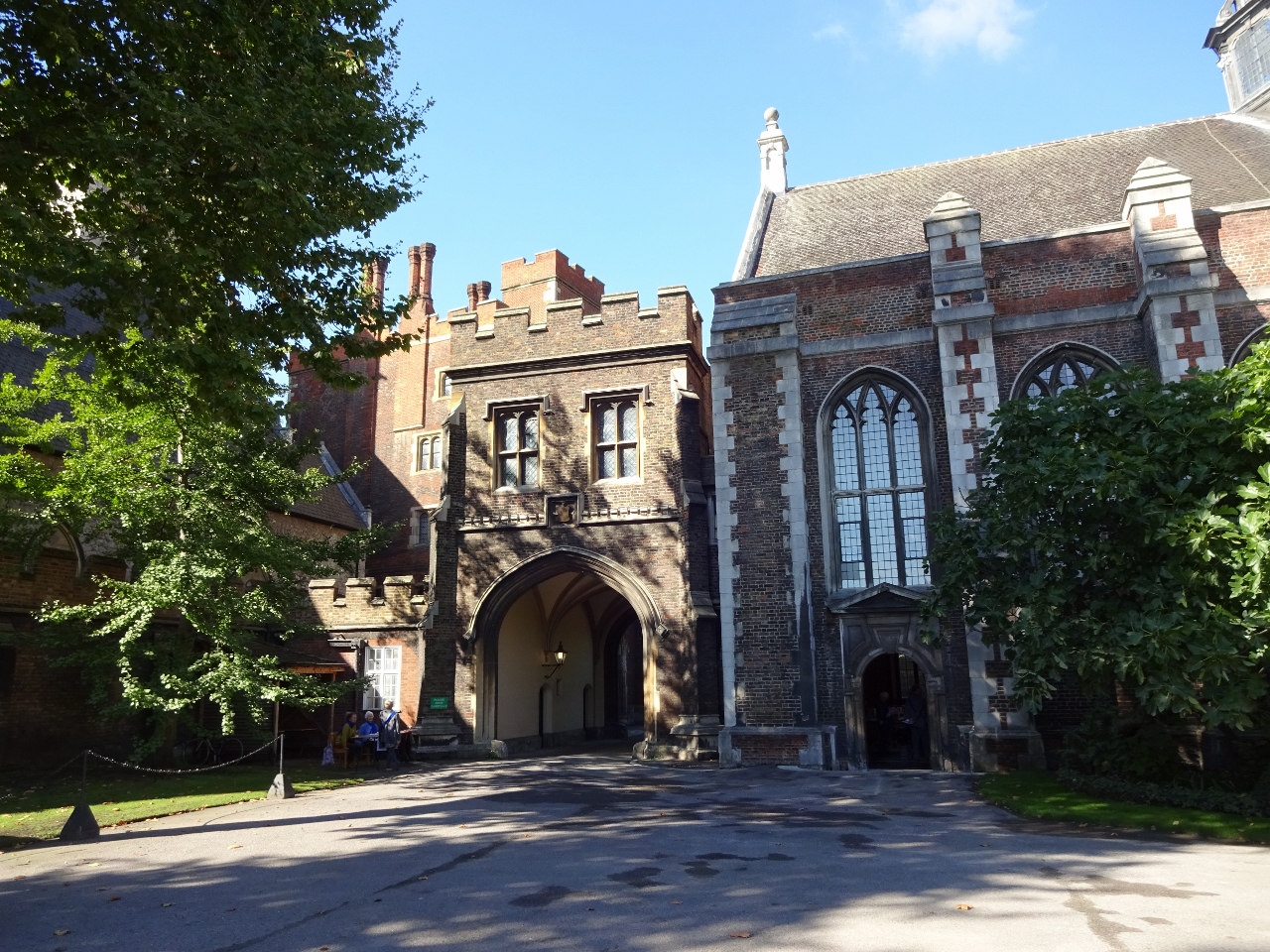Thomas More: Always a Londoner
Chapter 1: Youth
Sir Thomas More spent the majority of his life in London. He was born in the city of London itself, the old Roman settlement that by the end of the 15th century was expanding beyond the old city wall.
The numbers against the places correspond to those on the map here and at the end of this article.
Thomas More's parents were settled in Milk Street (1), which runs north from Cheapside and is within the Ward of Cripplegate Within. It was originally named from the produce sold there – similarly to Bread Street and Honey Lane. It was an area inhabited by the richer city merchants and professionals, who worshipped in the church of St Mary Magdalene, or else at St Lawrence Jewry, near the Guildhall. It was at St Lawrence Jewry that More gave his series of lectures on Augustine’s City of God in the early 1500s, whilst the Greek scholar, William Grocyn was the incumbent priest.
Milk Street was devastated by the Great Fire of London, and both the churches were destroyed. St Lawrence Jewry was rebuilt by Wren. Today, the street is still at the heart of London’s commerce and finance.
Not far away from Milk Street, is Threadneedle Street (2). Today, it is home to the Bank of England, but in the 1480s it was the location of St Anthony’s School, where More went when he was around seven years old. The distance from his house was no more than a few hundred yards – down Milk Street, along Cheapside, and into Threadneedle Street. As the schoolboys walked along Cheapside, they probably had no idea that they were walking over the heart of Roman Londinium.
St Anthony’s school was founded in 1440, attached to the Church of St Benet (Benedict) Fink, which was originally founded by one Robert Fink, presumably a wealthy Londoner. St Anthony’s itself, like all of the grammar schools of the period, was attached to a monastic community. It was here that More would have taken his first steps in the oratory for which he was renowned.
After a few years, More moved from school to being a page in the household of Archbishop Morton, mainly attending at the Archbishop’s palace at Lambeth. There, he would have met other scions of the nobility, including Lord Thomas Howard, later 3rd Duke of Norfolk who worked closely with More during the latter’s period as Lord Chancellor, but eventually was one of the judges at his trial.

From Lambeth, More went, at the age of about 14, to Canterbury College, Oxford (3). This college was founded in 1362 by the Simon Islip, Archbishop of Canterbury, for twelve scholars, four of whom were to be monks and eight ‘ordrieinas’, that is clerics who had not taken monastic vows. The head of the college, known as the Warden, was selected from amongst the monks of Christ Church, Canterbury (the monastic foundation attached to Canterbury Cathedral). In More’s time, the warden was Thomas Umfrey.
After the suppression of the monasteries, including that at Canterbury, the buildings of the college were acquired by the foundation that was originally Wolsey’s Cardinal College, but which was refounded as Christ Church, by Henry VIII. In the late eighteenth century the old Canterbury buildings were replaced by a grand new suite, designed by the architect, James Wyatt, which now surround Canterbury Quad at Christ Church.
After two years at Oxford, More began his legal training at New Inn (4). This is one of the Inns of Chancery, which were clustered around Chancery Lane. This area is outside the walls of London, between it and Westminster, where the royal palace and the law courts were situated. New Inn was situated in Wych street originally, before moving to Seacole Lane. It became an Inn of Chancery in 1485, not ten years before More entered it.
Inns of Chancery were the training ground and offices for the Clerks of Chancery, attached to Lord Chancellor. All writs had to be obtained from the Chancery. The Inns of Chancery also served the attorneys (Common Law) and solicitors (Court of Chancery). Inns of Chancery were affiliated with the more senior Inns of Court, which was the training ground for barristers. The Inns of Chancery disappeared in the nineteenth century.
New Inn was attached to Middle Temple, however when More left, he did not move there, but went to Lincoln’s Inn (5). Lincoln’s Inn had no official ‘foundation’ but evolved from groups of legal practitioners congregating during legal term time in the inn, or London home of (probably) Thomas de Lincoln, a fourteenth century Serjeant-at-Law. Here More perfected his legal training and became a barrister.



